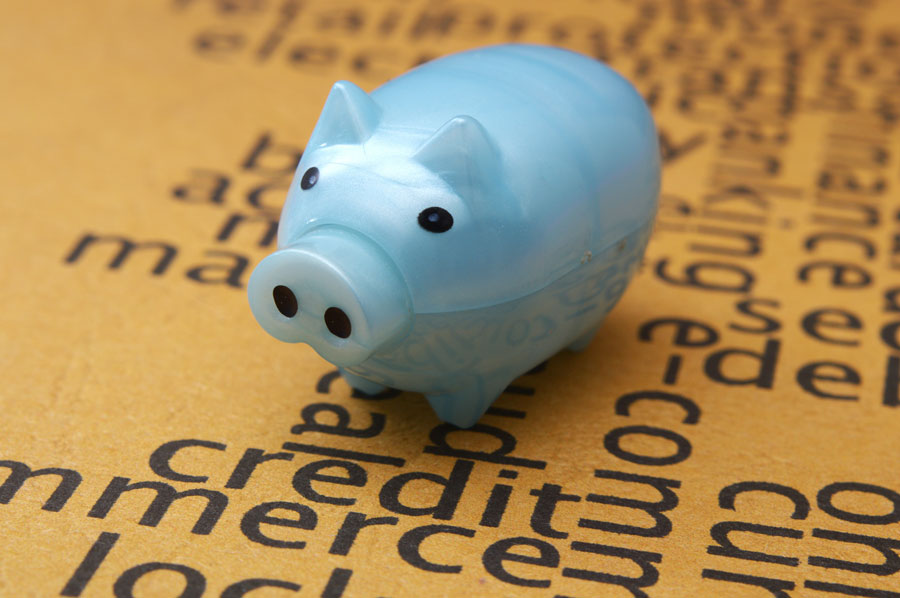In a speech “The role of financial regulation in protecting consumers“, the Governor of the Central Bank of Ireland highlights the abundant empirical and theoretical research to show that consumers do not always act in their own best interest in making financial decisions and that biases can be exacerbated by the design of financial products.
This is a very important issue, especially given the current debates about the role of banking, and the cultural behaviour of bankers. In a word, without appropriate regulation and protection, consumers are at a significant disadvantage. More needs to be done to empower consumers in their dealings with financial services firms. International financial literacy studies indicate that a majority of the world population do not have sufficient knowledge to understand even basic financial products and fail to make effective decisions to manage their finances and the risk associated with them.
A vast empirical literature shows that consumers tend to make poor financial choices, taking on too much debt, misunderstanding investment risk and choosing financial products that do not match their needs. Over recent decades, the formal economic theory to rationalise these patterns has been developed, with insights from economics and psychology blended in the vibrant fields of behavioural economics and behavioural finance.
The fast pace of financial innovation has created a complex world for consumers, where the range of available financial products is broad, and the consequences of financial choices are significant. Coupled with this, the typical household tends to have a limited personal track record in making financial decisions, since the purchase of financial products happens only infrequently. This is problematic, since the demands for financial sophistication and knowledge are sizeable if a consumer is to navigate safely through the options put forward by providers of financial services. Financial decisions often require consumers to assess risk and uncertainty, for example, and to consider trade-offs between the near term and the long term. A growing body of academic literature shows that, among the general population, the level of financial knowledge, skills and ability to consider such complexities is low.
There is also a growing body of evidence from the field of behavioural economics that consumers are subject to behavioural biases when making decisions. In other words, decisions are affected by emotions and psychological experiences, by rules of thumb and accepted norms. For example, consumers can exhibit present-biased behaviour, which leads them to over-value payoffs today relative to payoffs in the future, a bias which can be associated with self-control problems. In addition, households can be overly attached to the status quo and suffer inertia bias, taking default options in financial contracts, failing to switch product or provider even when there are clear benefits to switching. Retail investors also tend to follow naïve investment strategies rather than identifying superior options. Consumers can also exhibit loss aversion bias, meaning that they care more about potential losses than making equivalent gains.
The design of financial products and services can serve to ease or exacerbate these biases. In this context, behavioural economics shows that framing matters – put simply, firms can present the same information in different ways and this can lead to different choices by consumers. A key insight from the recent experience with financial crisis and from the growing literature on behavioural economics, is that consumers do not always act in their own best interest. In addition, market forces do not always act to reduce consumer mistakes. Firms face their own incentives when designing and framing products, and these incentives may not align with the best interests of the consumer. For example, analysis by the Office of Fair Trading in the UK shows that firms can frame prices in a way that plays on consumer biases. Empirical research also suggests that firms can choose to market the salient features of products that appeal to consumer biases, while shrouding the less favourable aspects that could alter a consumer’s choice to purchase that product. The interactions between misaligned incentives and behavioural biases can adversely affect consumer welfare, and there are many examples of analytical work that highlight such costs.

